If you do functional training, practice yoga, or spend a lot of time typing on your computer, then you’ll notice how quickly your wrists can become tight or pain ridden.
Maintaining range of motion and mobility in your wrists is extremely important. Without it, you may not be able to perform exercises properly and you can risk further tightness and injury that could prevent you from exercising altogether.
And it’s not just exercising that can lead to wrist tightness and pain. Common habits like typing on your computer and texting on your phone can also add to a variety of wrist-related conditions, including tendonitis, arthritis, De Quervain’s tenosynovitis (aka “Texting Thumb”), tennis elbow, and golfer’s elbow. (1, 2, 3) These conditions all stem from overuse and repetitive motions, and can become debilitating if not taken care of.
Suffering from a sore neck, back and shoulders? Get our mobility guide to ease pain and soreness.
Get The FREE Mobility Guide To Fix Your Pain Today!
Anatomy of The Wrist
The wrist is a joint that acts as a bridge between the hand and the forearm. This important joint is formed by the ends of eight carpal bones, the end of the radius (the large forearm bone), and the articular disk. There are also several tendons – which connect muscle to bone – that begin in the forearm, cross the wrist to enter the hand.
Every nerve that goes into the hand has to pass through the wrist. There are three main nerves that begin at the shoulder and pass through the entire arm and wrist. In turn, constant bending and straightening of the wrist and fingers can lead to irritation or pressure on the nerves within their tunnels and cause problems such as pain, numbness, and weakness in the hand, fingers, and thumb. We also have blood vessels that travel along these nerves, and any constriction can result in poor blood flow.
So think about it: If you go from typing on your laptop and texting on your phone all day to performing weight-bearing exercise on your hands or lifting weights, that can add up to a lot of tension in your hands and forearms, and pressure on your wrists. To prevent wrist-related injuries, proper stretching of the wrists is key and can help you to maintain or even regain your wrist mobility, fight injury, and keep exercise enjoyable.
Use these eight wrist stretches before exercise, mid-workday, and after a long day of typing and texting.
8 Exercises to Loosen Tight Wrists
Fist Pumps | 5 reps
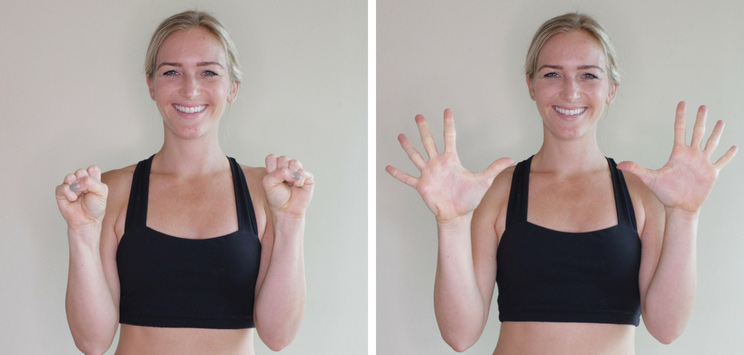
This stretch increases circulation and draws blood flow to the wrists, hands, and fingers.
- Begin either seated or standing. Bend your elbows so that your hands are in front of your chest, facing away from you.
- Curl your hands into fists and squeeze tight. Hold for 3 seconds.
- Then, open up your palms and spread your fingers wide so that you feel a stretch and circulation flow in. Hold for 3 seconds.
- Repeat 5 times.
Wrist Rollout | 5 reps per side
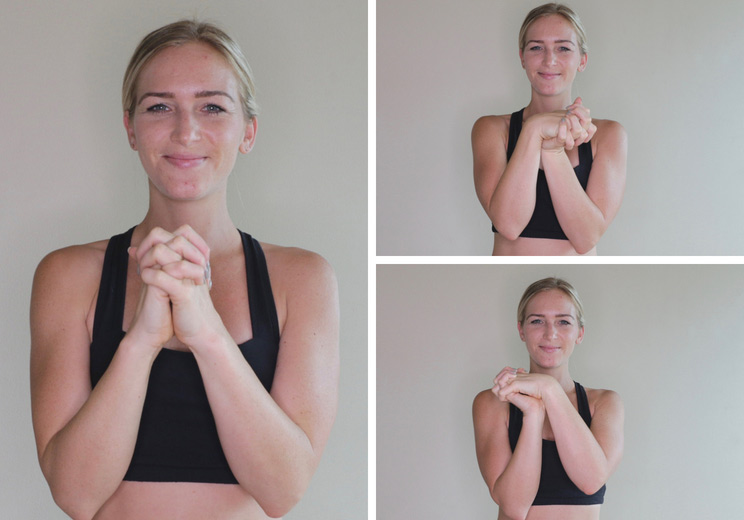
This stretch warms up the supporting tissues of the wrists and brings circulation into the joint.
- Start by bringing your palms together in front of your chest and interlacing your fingers. Bring your forearms close together.
- Keep your forearms fairly still and make circles with your fists. Repeat 5 times.
- Take five circles in the reverse direction.
Hands and Knees Extensor Stretch | 20 sec
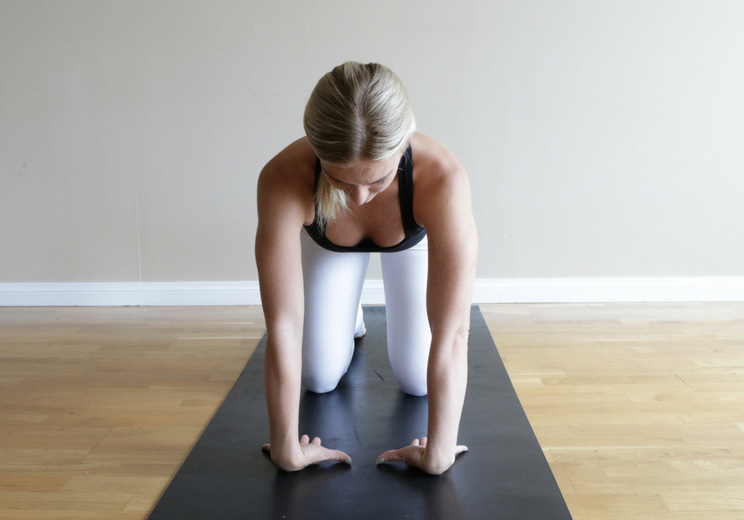
Relieve tension in the tops of the wrists and forearms with this extensor stretch.
- Start on your hands and knees in a tabletop position. Line up your wrists underneath your shoulders and your knees underneath your hips.
- One at a time, flip your hands so that your fingers point towards your knees and the tops of your hands are on your mat. Keep your abs engaged to control the amount of weight you are placing on the hands and wrists.
- Slowly shift your hips back towards your heels until you feel a stretch through the tops of the wrists.
- Hold for 20 seconds, then gently release.
Hands and Knees Flexor Stretch | 20 sec
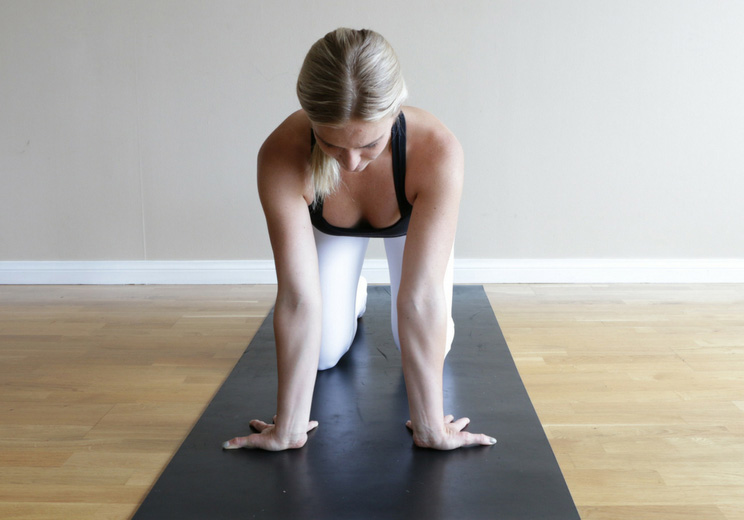
Stay in tabletop position for this move that relieves tightness in the underneath of the wrists and forearms.
- Get in tabletop position with your abs engaged.
- One at a time, rotate your hand and forearm outward until your fingers are pointing towards your knees and your palms are on the ground.
- Spread your fingers wide. To deepen the stretch, gently shift your hips back towards your heels.
- Hold for 20 seconds, then gently release.
Hands and Knees Wrist Circles | 5 reps per side
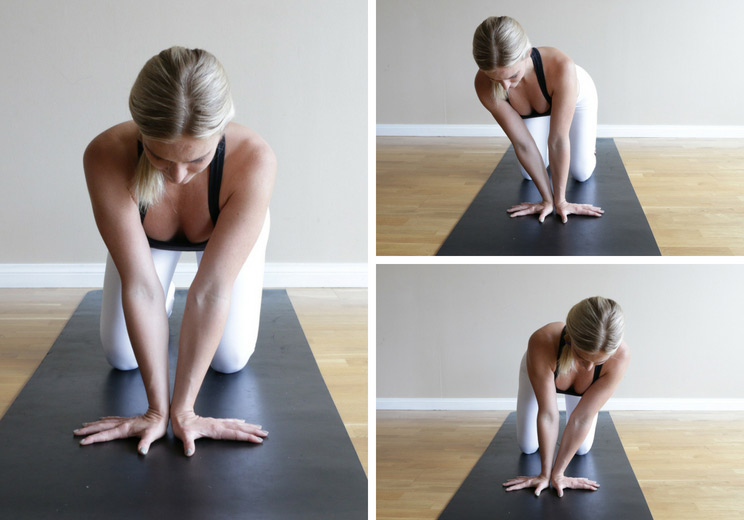
This stretch invites circulation into the wrists and forearms and releases tension on all sides of the wrists.
- Start in a tabletop position with your wrists underneath your shoulders and your knees underneath your hips. Engage your abs.
- Then, one at a time, rotate your hand and forearm outward until your fingers are pointing out to the side with your palm on the ground. Bring the inside of both wrists to touch and spread your fingers wide.
- Keep your fingertips pressing into the ground and slowly begin making circles going clockwise.
- Repeat 5 times, then go counterclockwise 5 times.
Wall Flexor Stretch | 30 sec per side
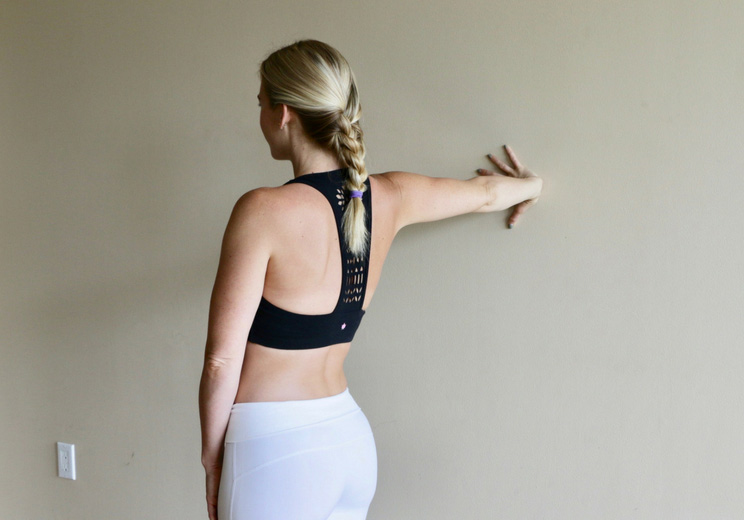
This stretch lengthens the wrist flexor muscles.
- Start standing with your right side facing a wall.
- Reach your right arm out and place your right hand on the wall, in line with your shoulder. Your arm should be straight with a microbend at the elbow.
- Turn your hand so that your fingers point forward and you feel a stretch up the wrist and forearm.
- Slowly pivot your chest slightly away from the wall to feel a deeper stretching sensation.
- Hold for 20-30 seconds, then switch sides.
Gorilla Pose | 30 sec
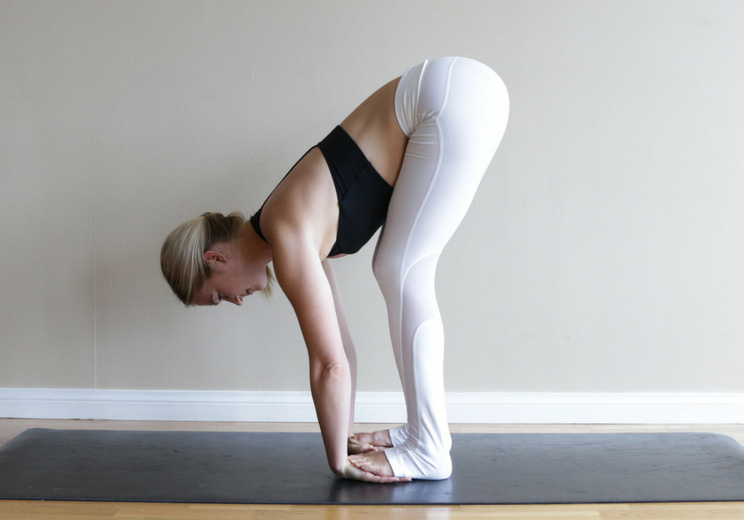
This yoga pose counteracts exercises such as plank and push-ups and works to massage the palms and relieve tension in the wrist joints.
- Begin standing up with a tall spine and a slight bend in the knees. On an exhale, fold forward with a flat back and bring your hands to the ground, bending your knees as much as you need to.
- Flip your palms so that the tops of your hands are on the ground and your fingers are pointing towards your feet.
- Slide your hands underneath your feet, bringing your toes up to touch your wrists. Again, bend your knees as much as you need to in order to get here.
- Hold your shoulders away from your ears and engage your abs. Let your weight shift towards your toes, applying light pressure to the palms and releasing tension in the wrists.
- Hold for 30 seconds, then release.
Forearm Self-Massage
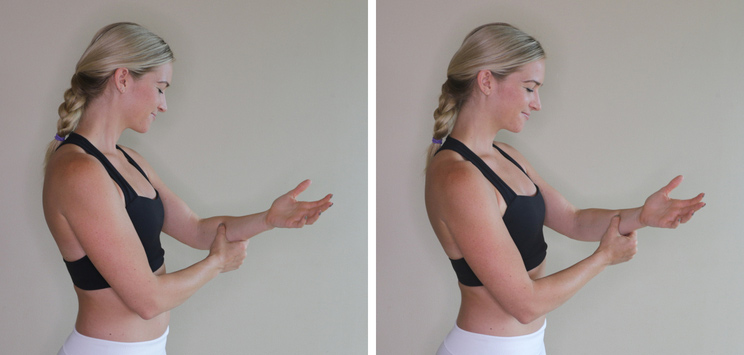
Practicing self-massage is a great way to release trigger points – or “knots” – in the muscles. When pressure is applied to trigger points, they can refer pain to other areas. Trigger points can exist on the extensor and flexor muscles, so releasing these points can help to relieve tension and pain in both the wrist and elbow.
- Start by placing a couple of drops of massage oil, coconut oil, or almond oil into your left palm and massaging it onto your right forearm.
- Grasp your right forearm with your left hand, positioning your left hand so that your thumb is on top.
- Work your way down your forearm looking for points of tension. When you find a point of tension, hold down for 20-30 seconds, then continue moving down the forearm until you find another spot.
- After you’ve massaged the entire inside of the right forearm, start back up at the top, massaging down the top of the forearm.
- Once you’ve done both sides of the right forearm, switch arms.

(Read This Next: 10 Soothing Stretches to Release Wrist Pain


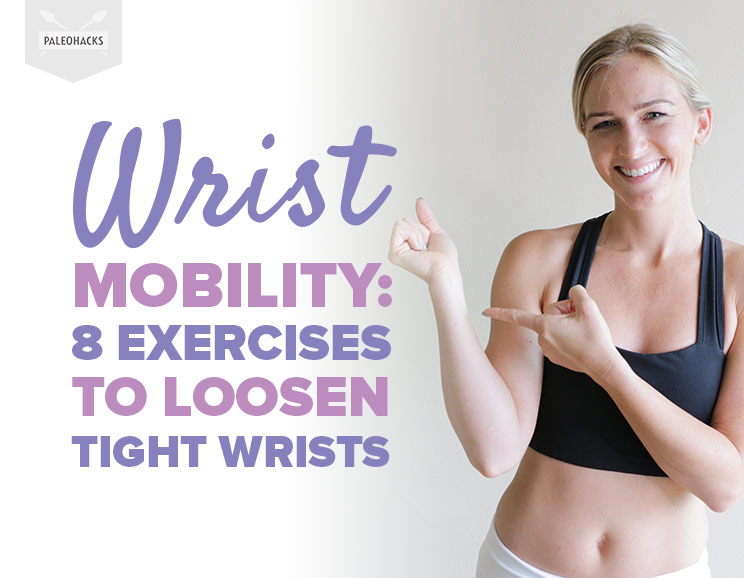
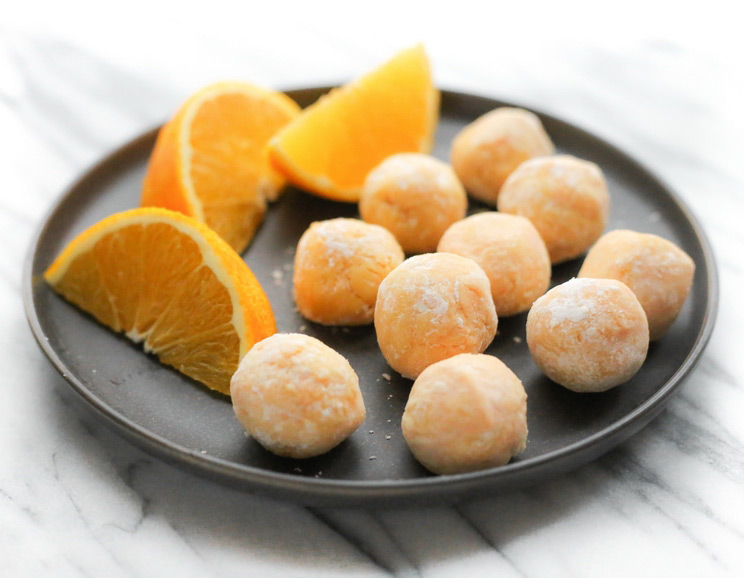 Heavenly Orange Creamsicle Truffles
Heavenly Orange Creamsicle Truffles

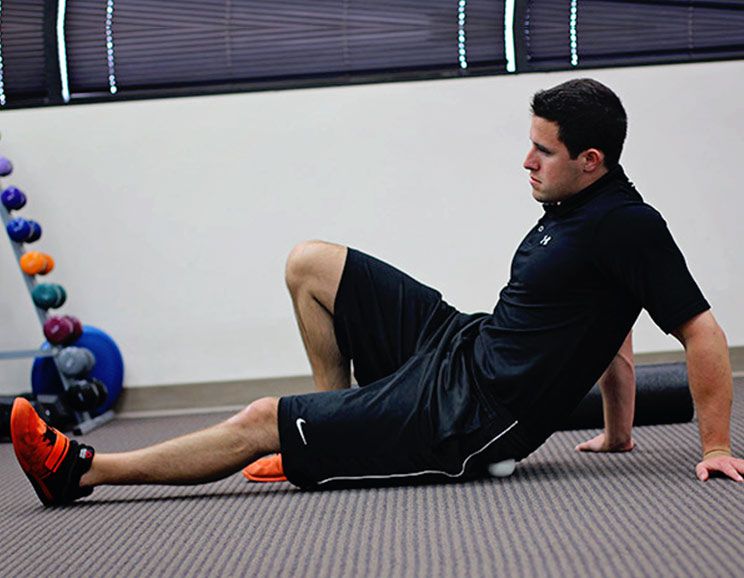
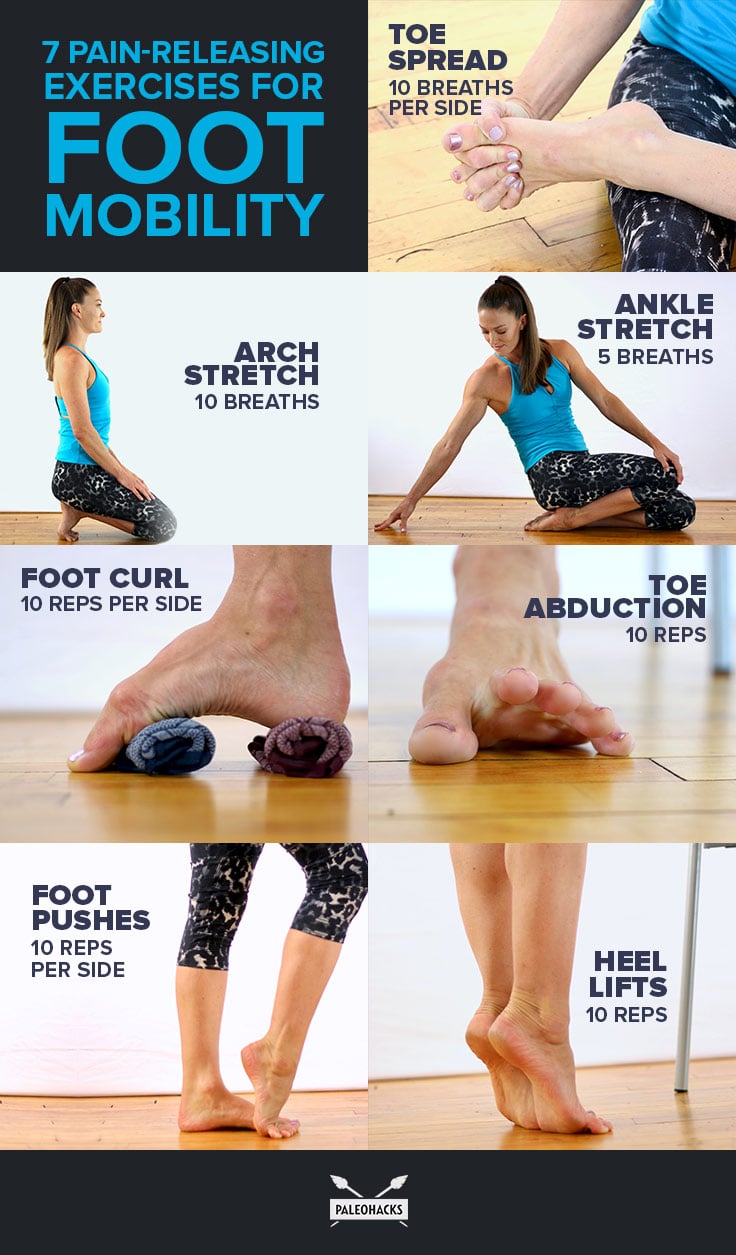

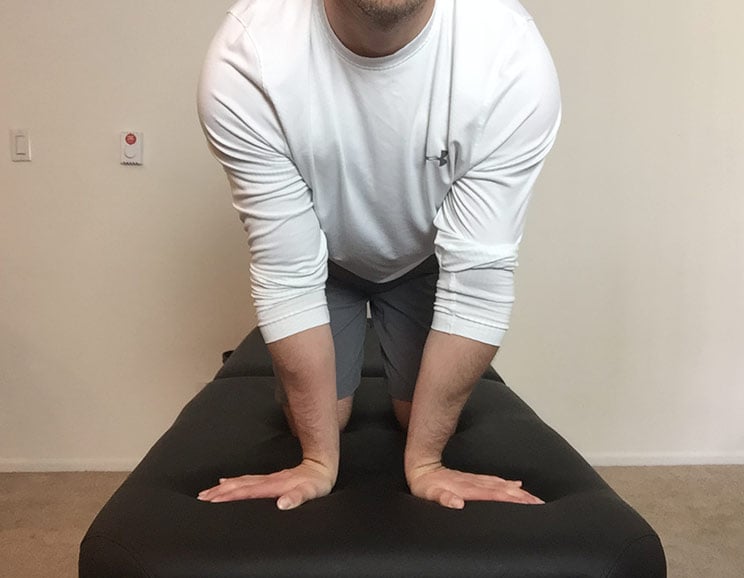
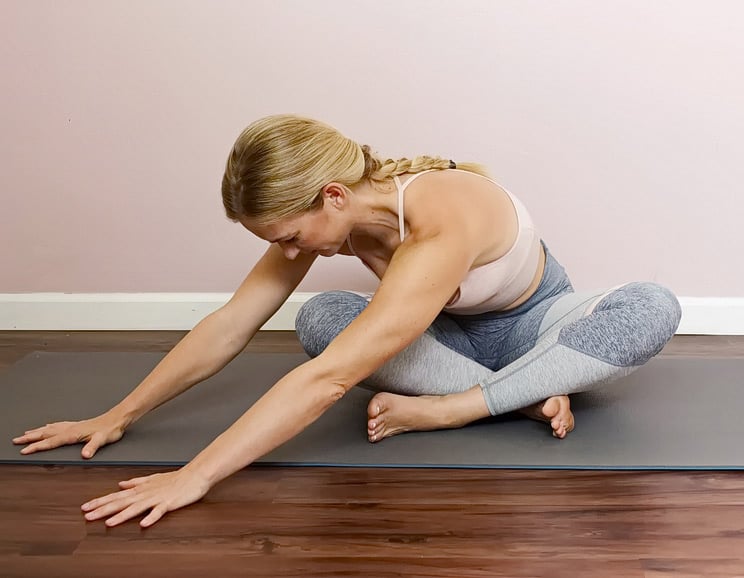
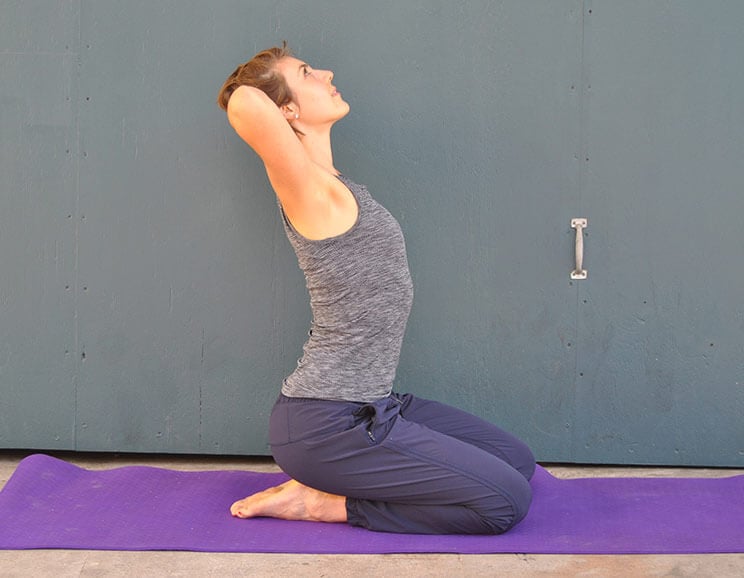
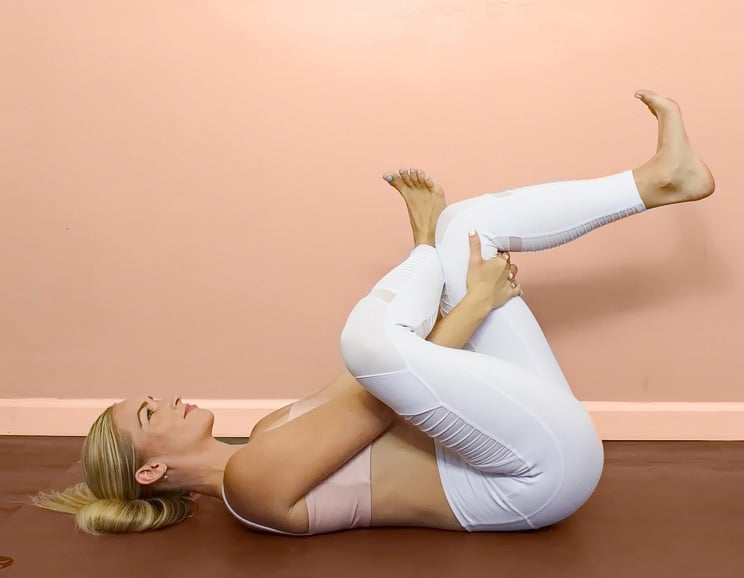
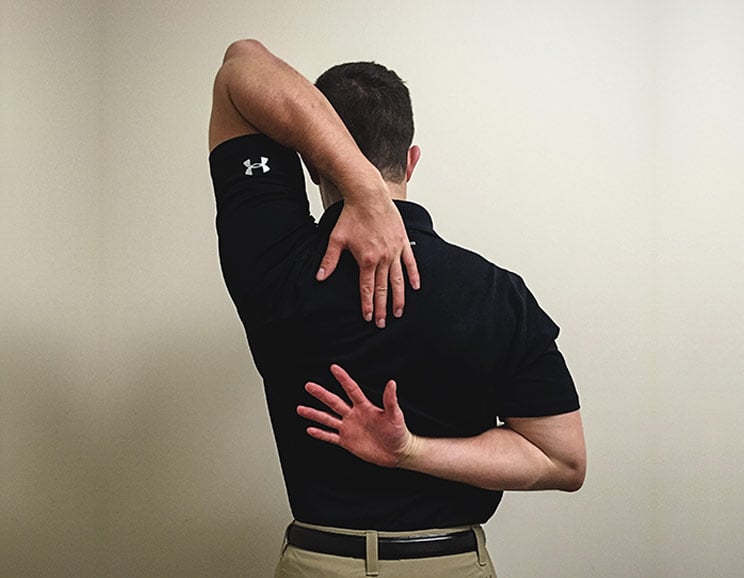
Show Comments